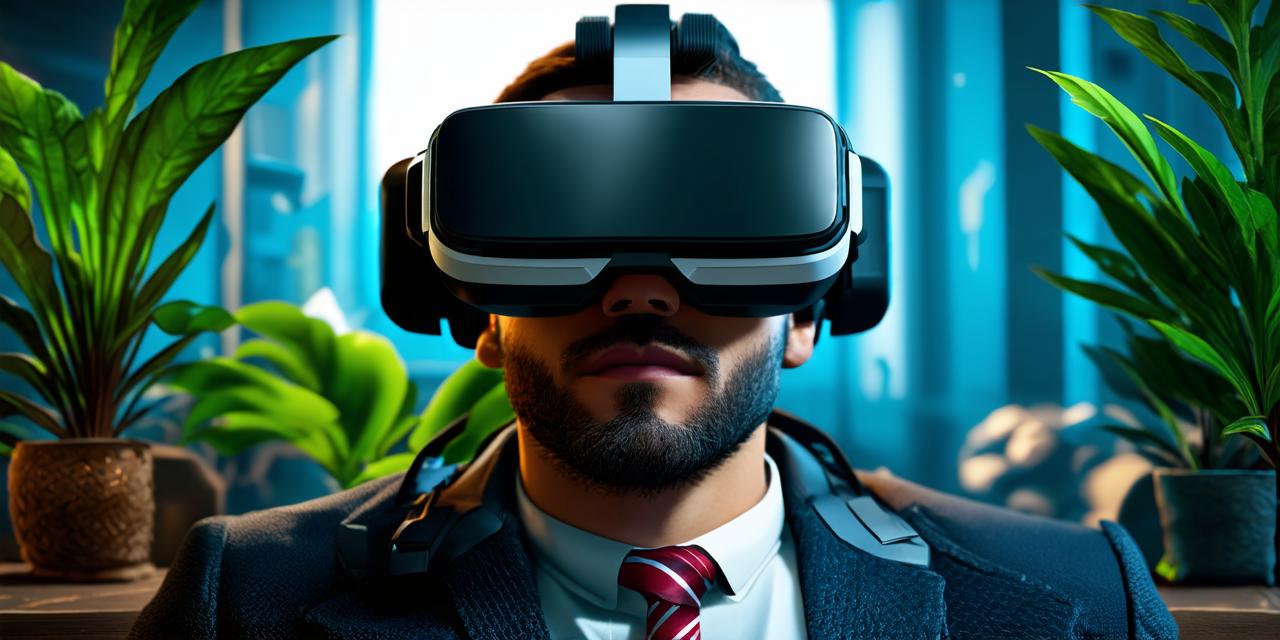History of VR Gaming:
The history of VR gaming can be traced back to the 1960s when early VR systems were developed for military and scientific purposes. In the 1980s, the first consumer-friendly VR system was created by Ivan Sutherland, a computer scientist who developed the Sketchpad program. Since then, VR technology has evolved rapidly, with advancements in hardware and software making it possible to create increasingly realistic and immersive gaming experiences.
Technology of VR Gaming:
The technology behind VR gaming involves a combination of hardware and software. The main component is the VR headset, which tracks the user’s movement and provides a 360-degree view of a virtual environment. Other devices such as handheld controllers or gloves equipped with sensors are used to interact with the virtual world. The graphics are generated using high-performance computers that render the virtual environment in real-time.
Benefits of VR Gaming:
There are several benefits to gaming in VR, including:
- Immersive experience: VR gaming provides a fully immersive experience, allowing users to feel as if they are part of the virtual world. This can be especially beneficial for games that require physical interaction or exploration, such as puzzle games or adventure games.
- Increased engagement: Users are more engaged in VR gaming than traditional console or PC gaming, as they are fully immersed in the virtual environment. This can lead to a longer playtime and increased replayability of games.
- Improved hand-eye coordination: VR gaming requires users to use their hands and body to interact with the virtual world. This can help improve hand-eye coordination, particularly for children.
- Reduced motion sickness: Some users may experience motion sickness when playing traditional console or PC games due to the disconnect between their physical movements and the on-screen action. VR gaming can reduce this issue by providing a more realistic representation of movement.
- Social interaction: Many VR games allow for multiplayer experiences, allowing users to interact with other players in real-time. This can lead to new friendships and social connections.

Conclusion:
Gaming in virtual reality is an exciting and immersive form of entertainment that has the potential to revolutionize the way we experience games. With advancements in technology, VR gaming is becoming increasingly accessible and affordable, making it a popular choice for gamers of all ages. Whether you’re looking for a new challenge or just want to escape into a virtual world, VR gaming has something for everyone.



